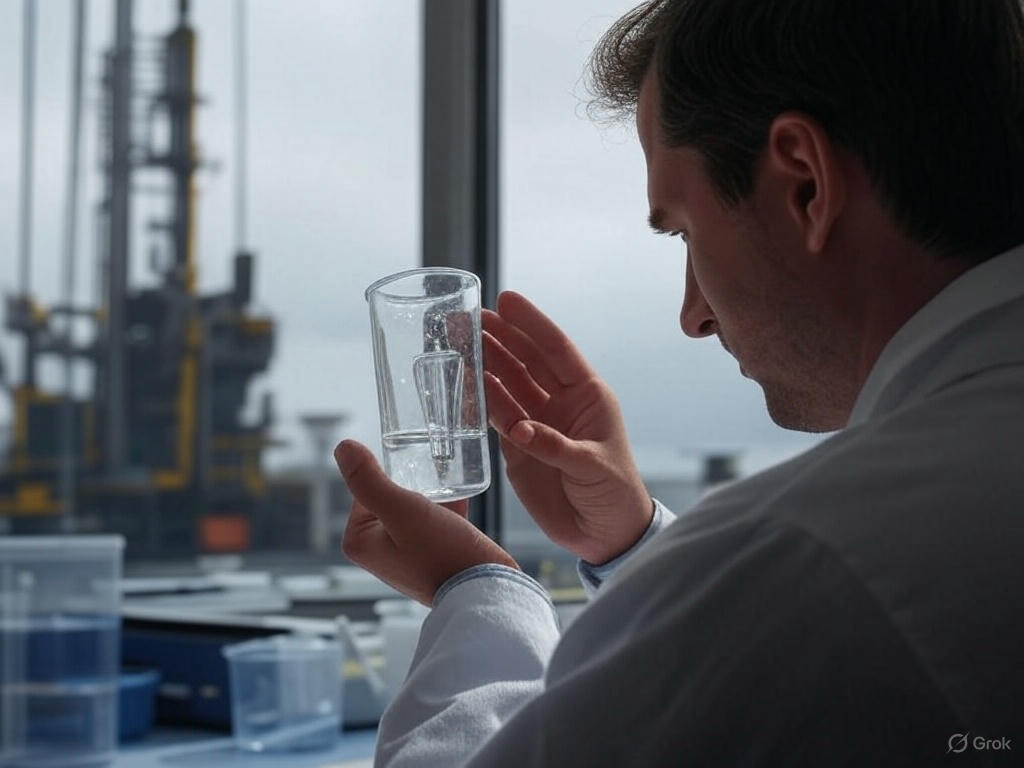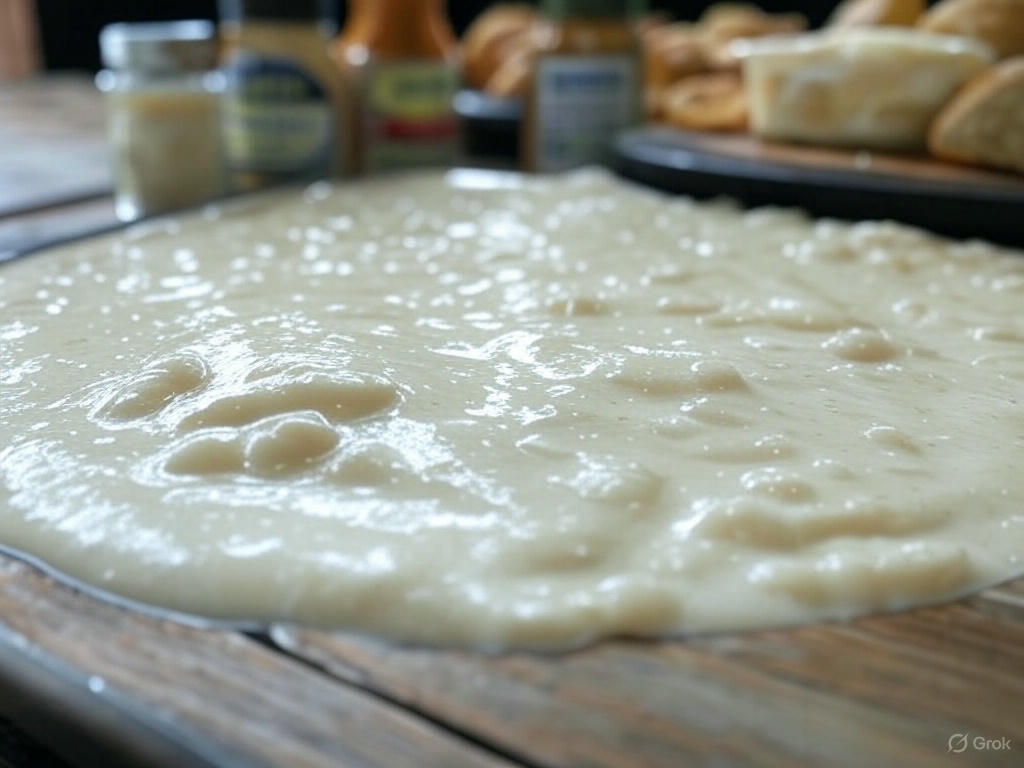Poly Anionic Cellulose (PAC) and Carboxymethyl Cellulose (CMC) are both water-soluble polymers derived from cellulose, a natural polysaccharide found in plant cell walls. They are chemically modified to enhance solubility and functionality, but they differ in their properties and applications due to variations in their structure and degree of substitution.
CMC is produced by reacting cellulose with chloroacetic acid in an alkaline environment, introducing carboxymethyl groups (-CH₂COOH) onto the cellulose backbone. These groups make CMC anionic (negatively charged) and water-soluble. It’s widely used as a thickener, stabilizer, and binder in industries like food (e.g., ice cream, sauces), pharmaceuticals (e.g., tablets), and detergents. The properties of CMC depend on its degree of substitution (DS)—the average number of hydroxyl groups per glucose unit replaced by carboxymethyl groups, typically ranging from 0.5 to 1.5—and its molecular weight.
PAC, on the other hand, is a specialized derivative of CMC with a higher degree of substitution (often closer to 1.0 or above) and a more uniform distribution of carboxymethyl groups. This results in improved performance characteristics, such as better salt tolerance, thermal stability, and fluid loss control. PAC is primarily used in oil and gas drilling fluids, where it acts as a viscosifier and filtration control agent, especially in high-salinity or high-temperature environments (up to 150°C). It comes in two main grades: PAC-LV (low viscosity) and PAC-HV (high viscosity), tailored for specific drilling needs.
While PAC and CMC share a similar molecular backbone—both are ethers of cellulose with carboxymethyl substituents—PAC is essentially a more refined or optimized version of CMC for demanding industrial applications. CMC is more versatile across general uses, while PAC excels in niche, high-performance scenarios like drilling muds. For example, PAC’s enhanced resistance to salts and collapse makes it superior to standard CMC in offshore oil drilling, whereas CMC’s broader solubility and lower cost suit it for everyday products like toothpaste or paper coatings.
In summary, CMC is a general-purpose anionic cellulose derivative, while PAC is a high-performance variant of CMC, engineered for specific industrial challenges. Their differences stem from PAC’s higher and more controlled substitution, giving it an edge in stability and functionality under extreme conditions.




